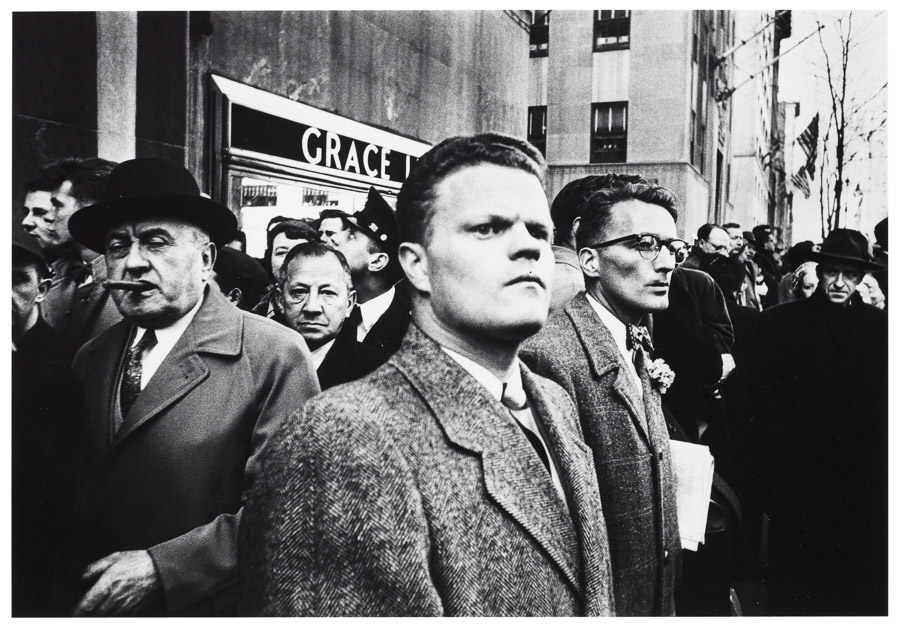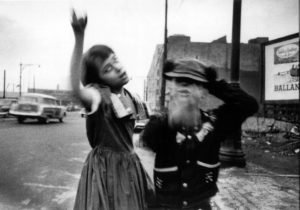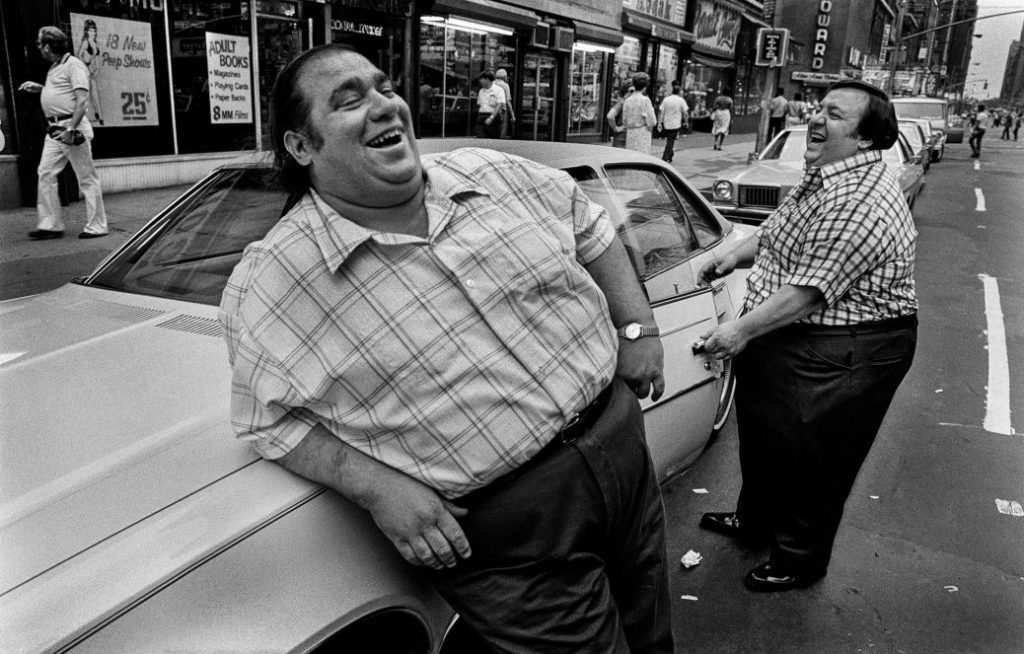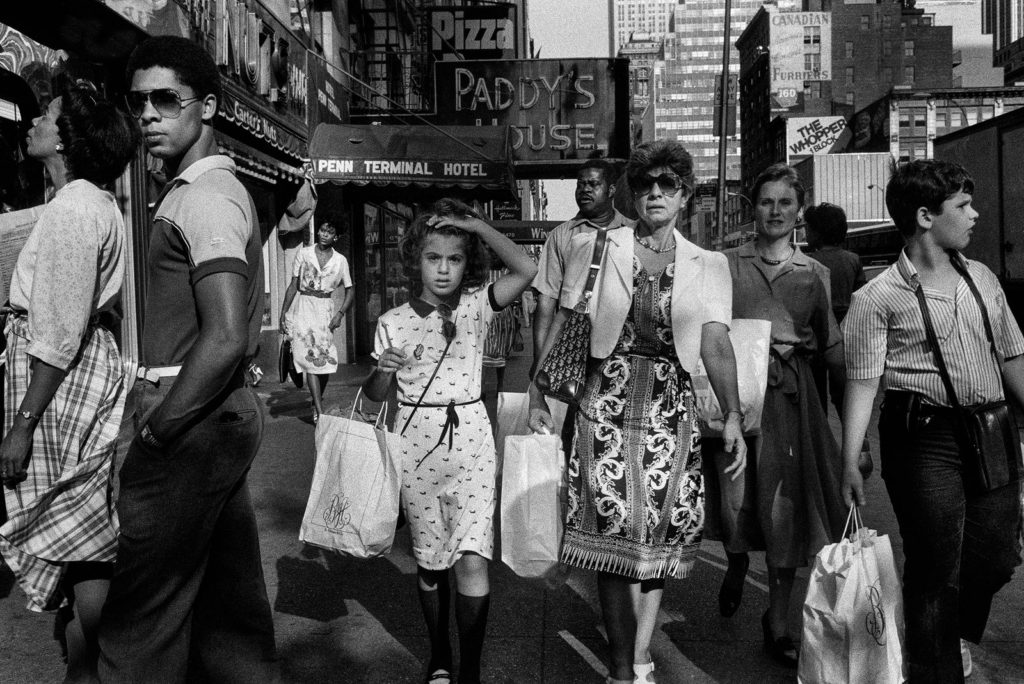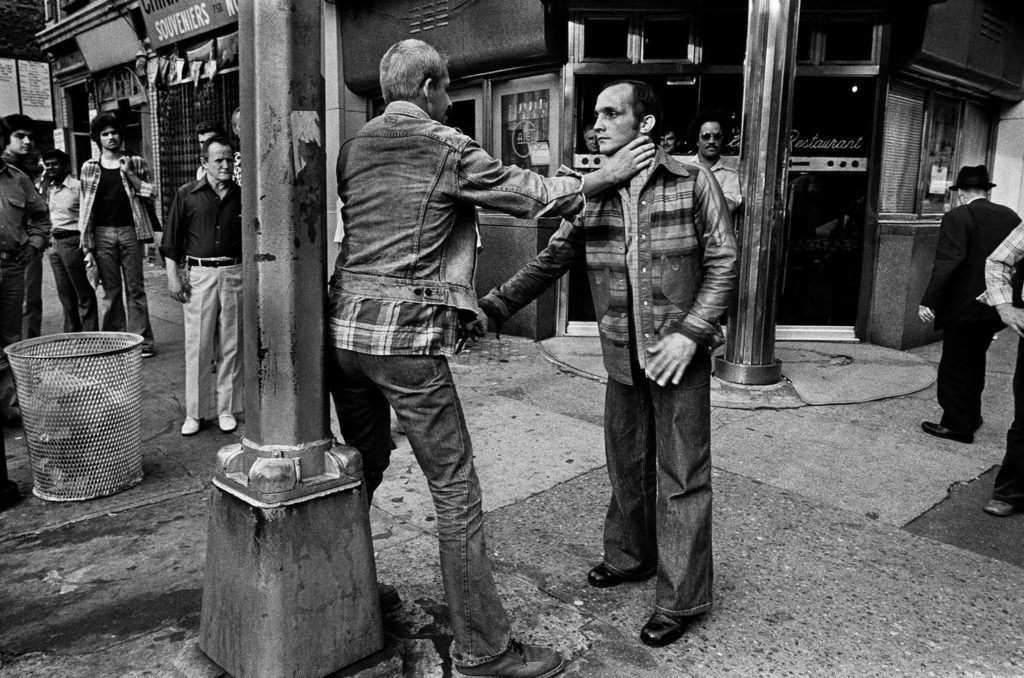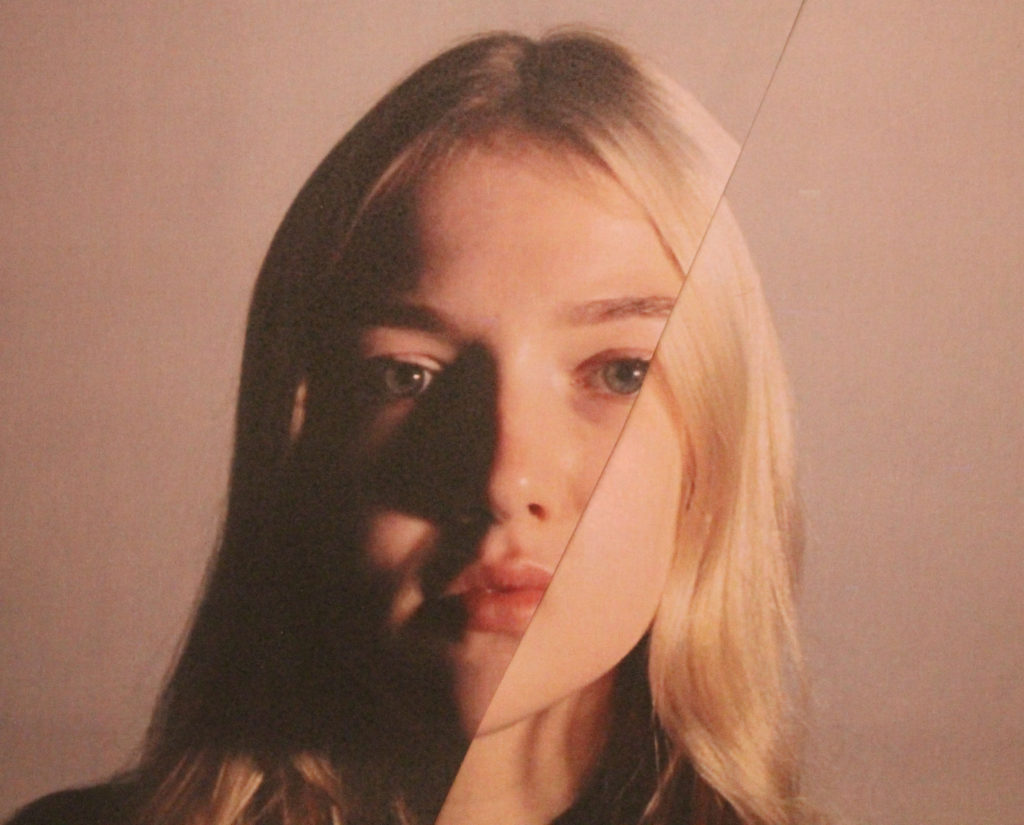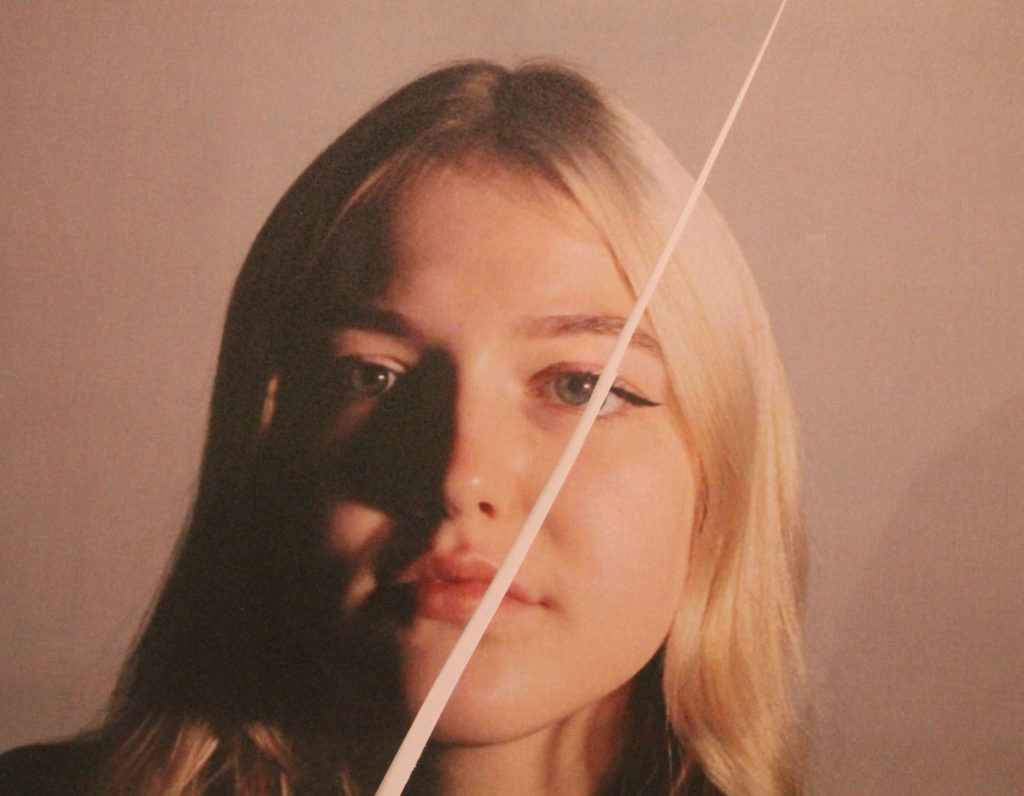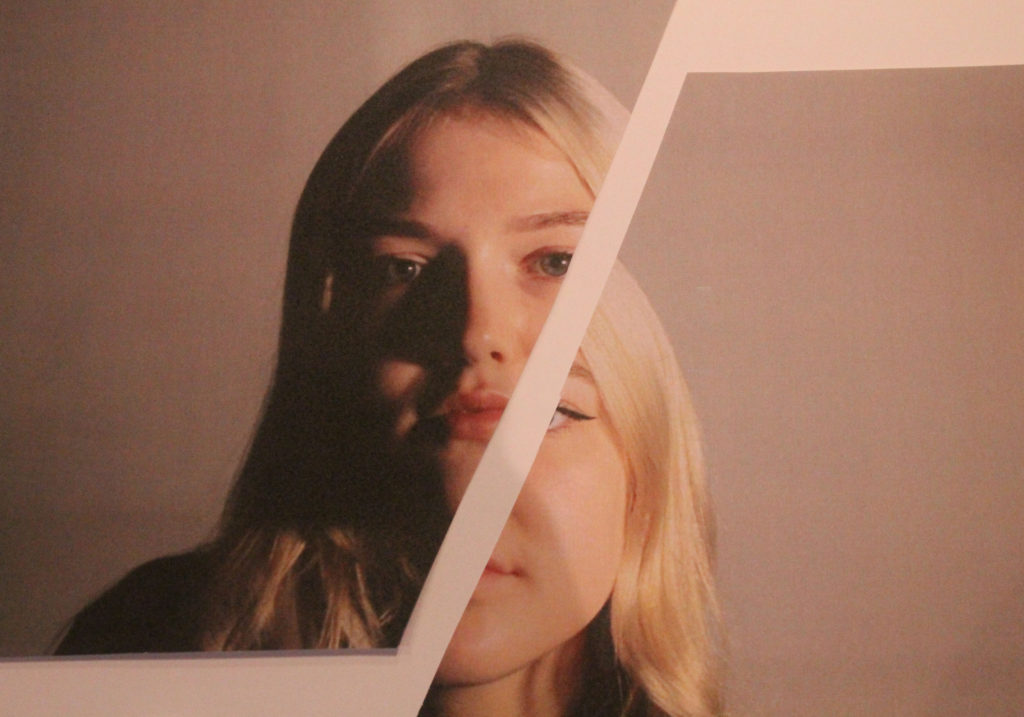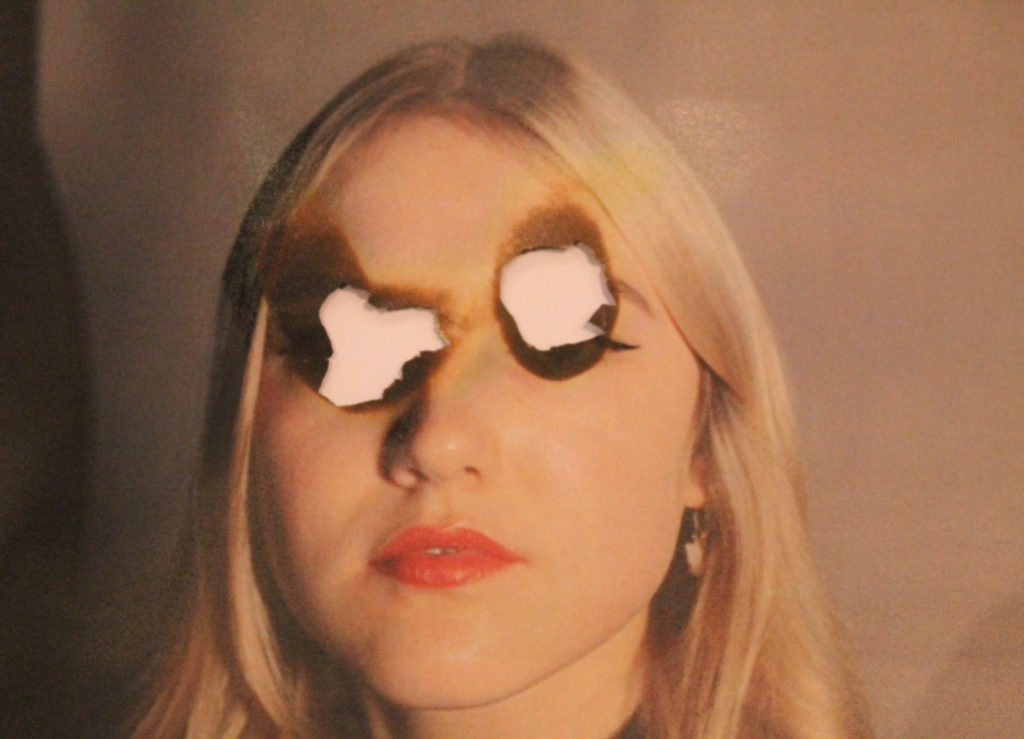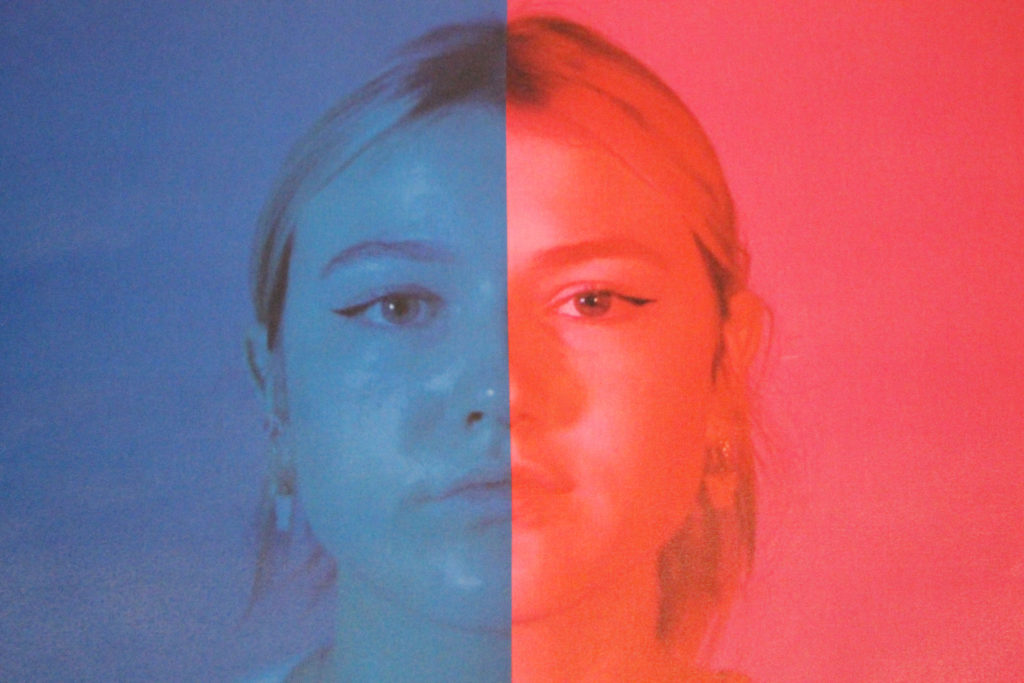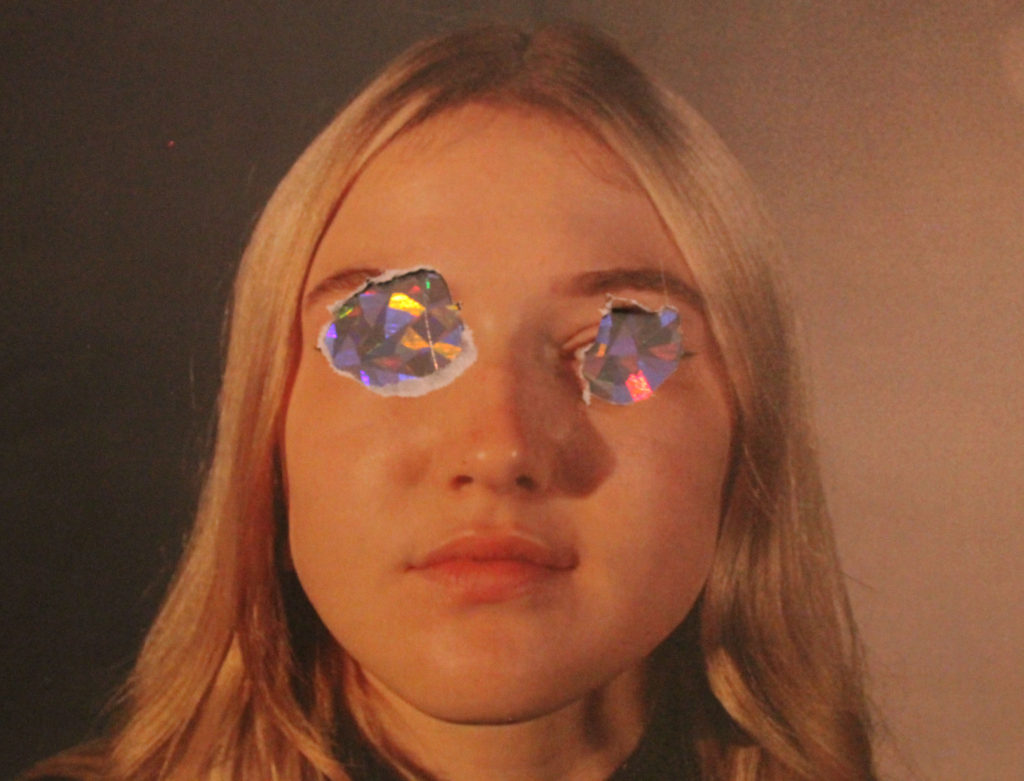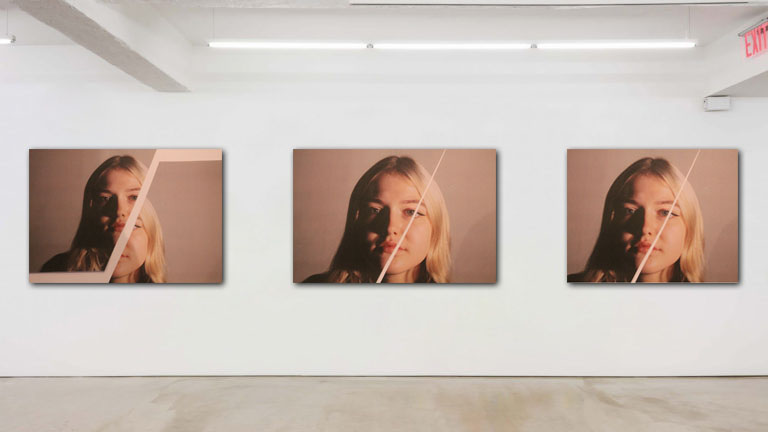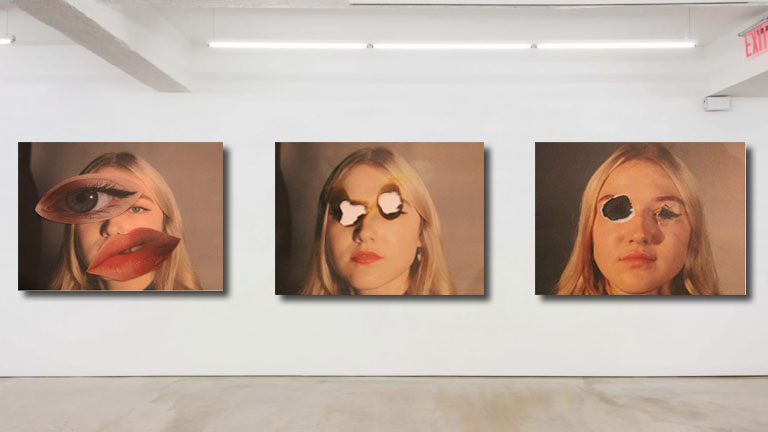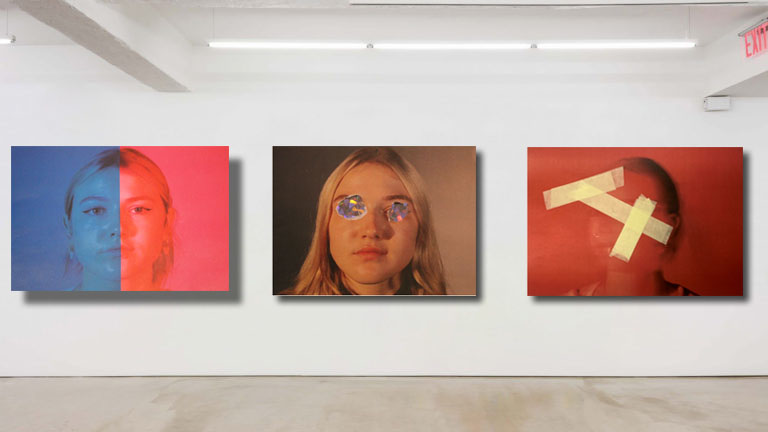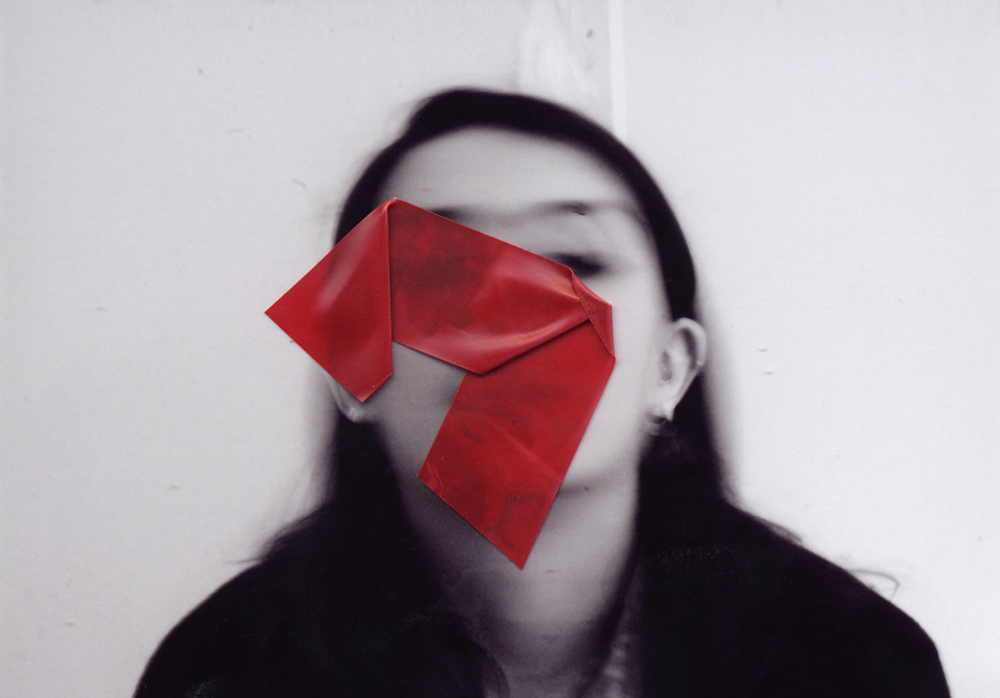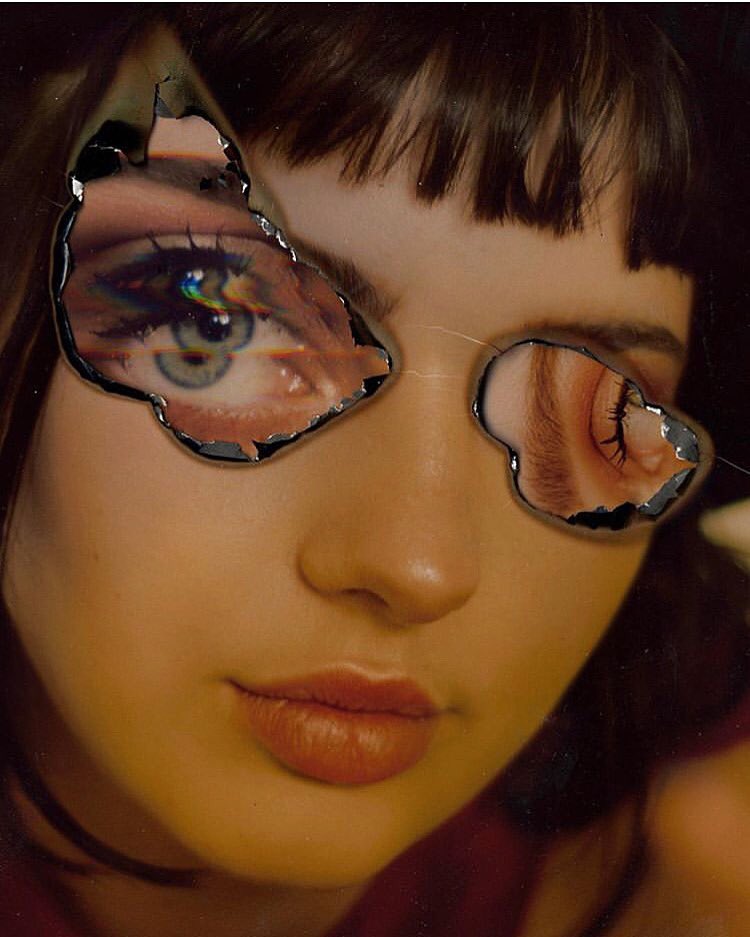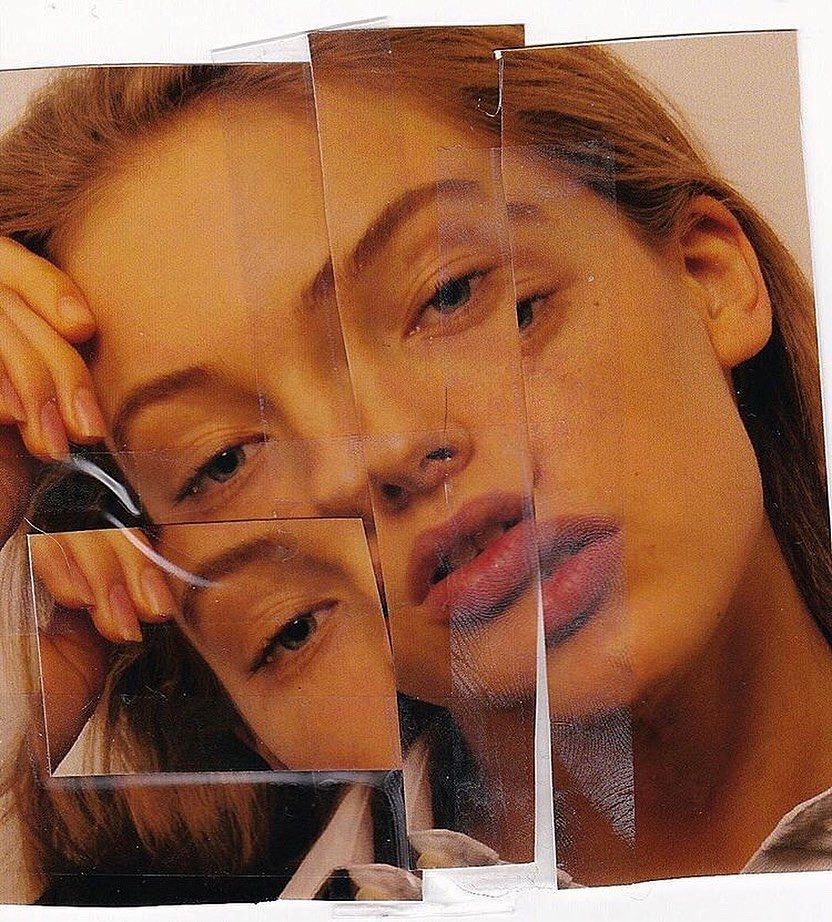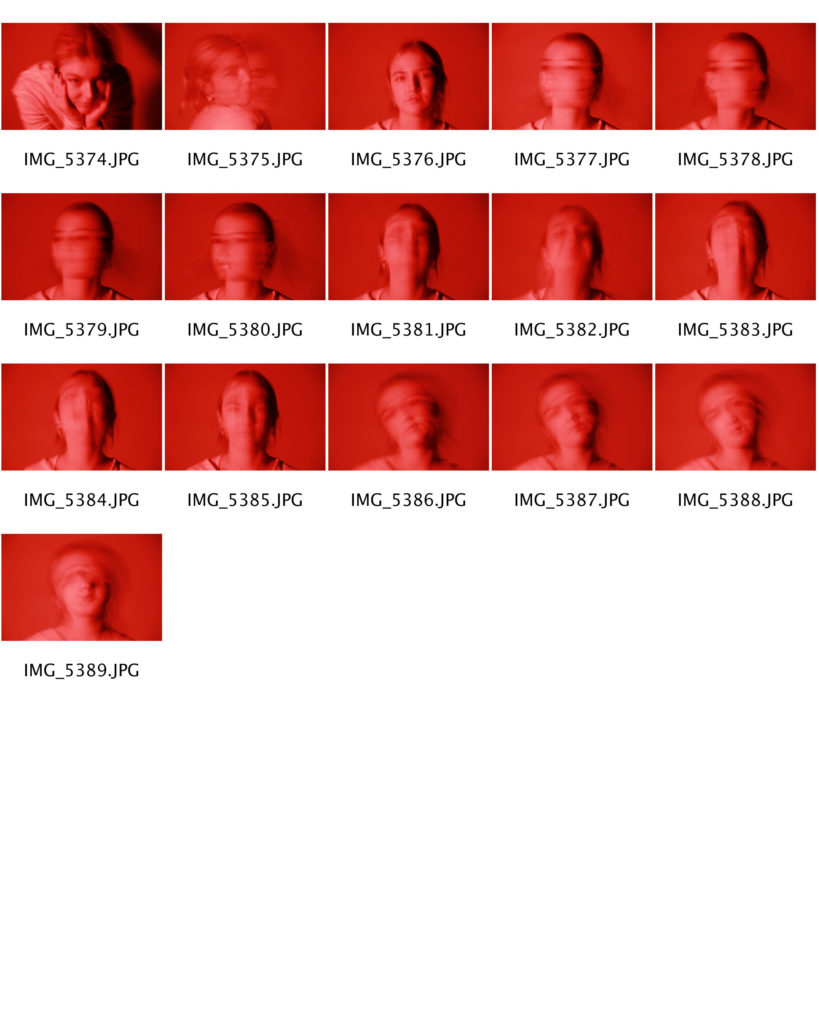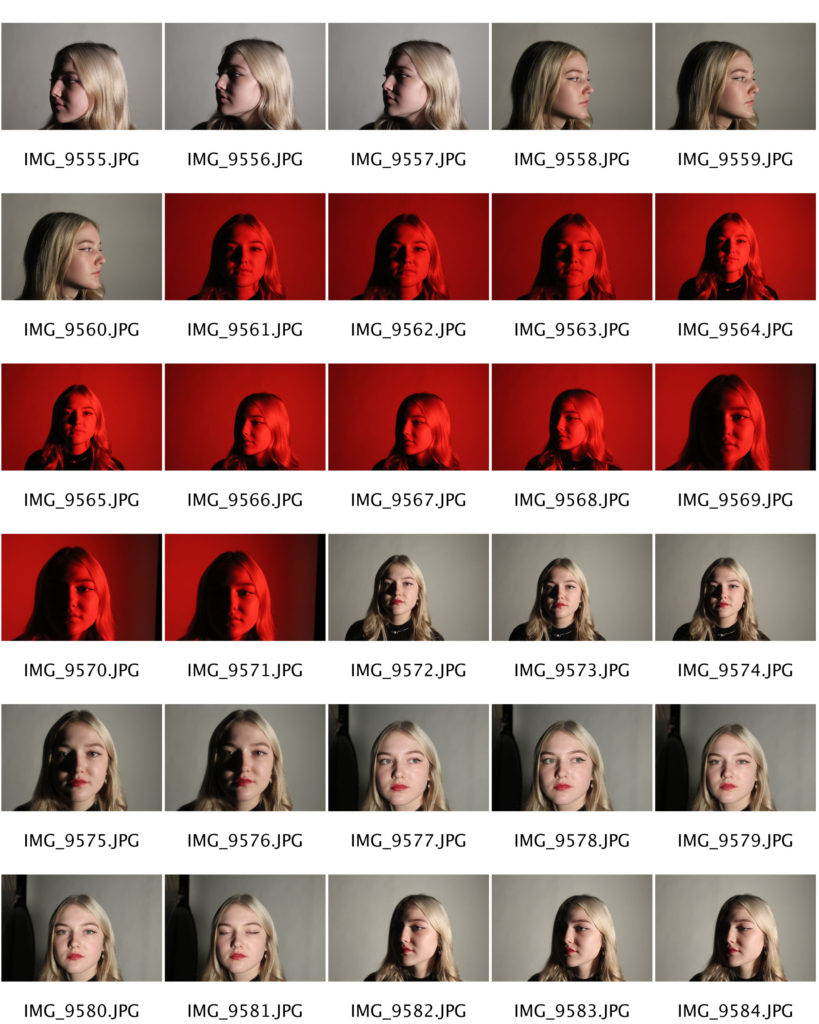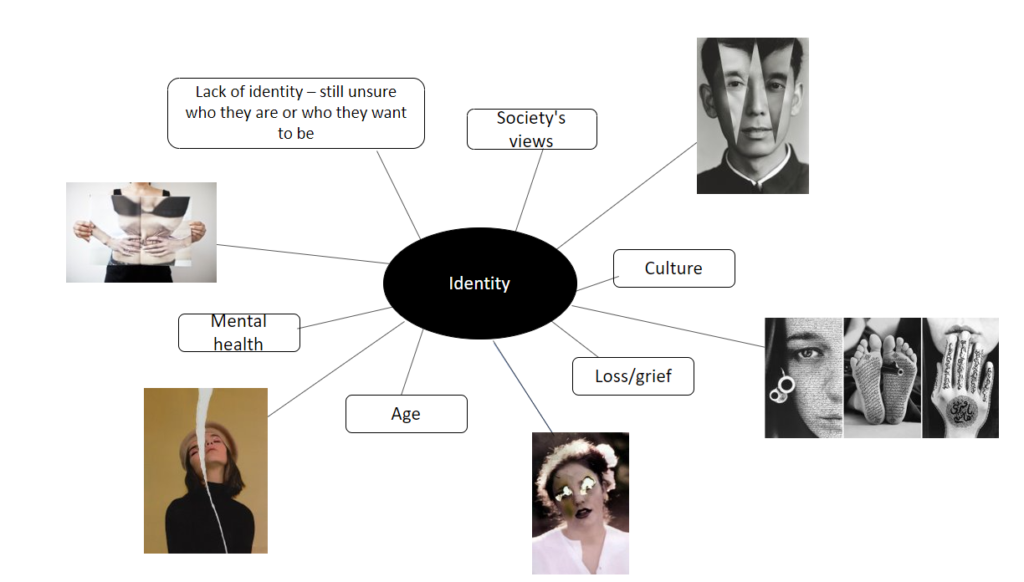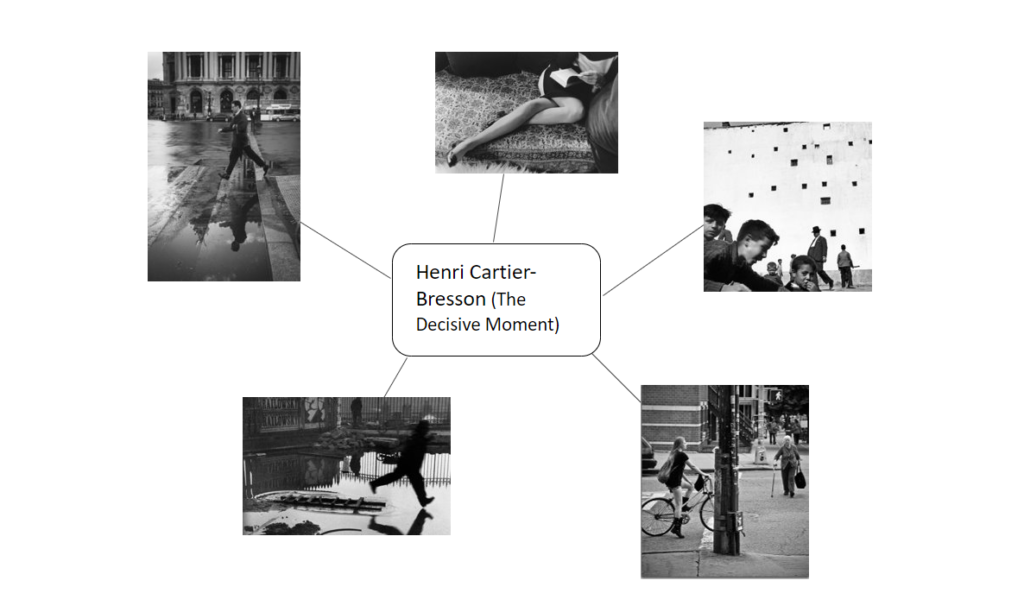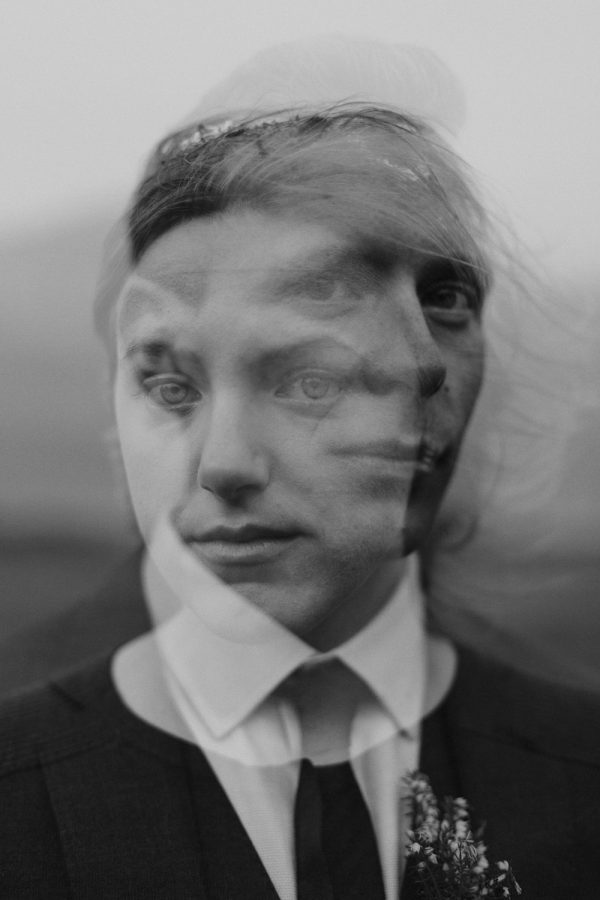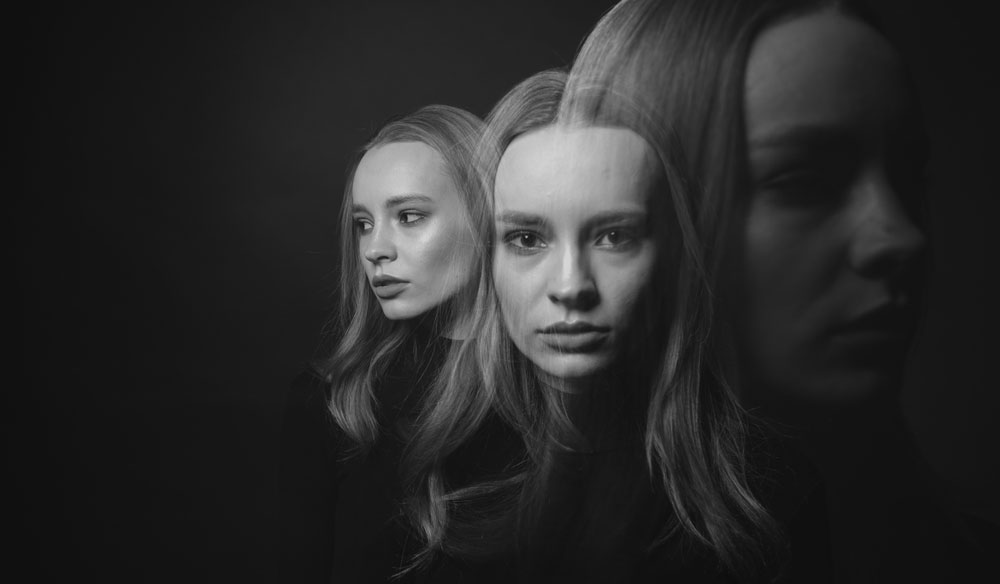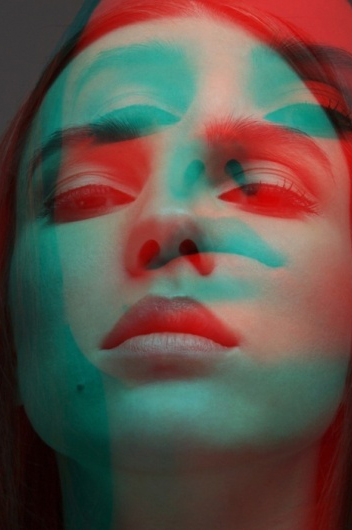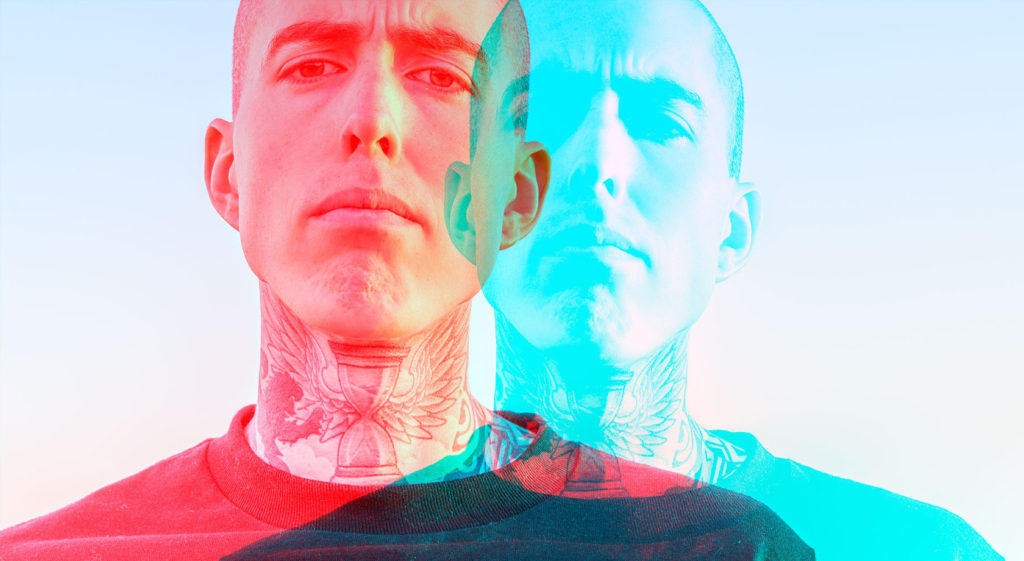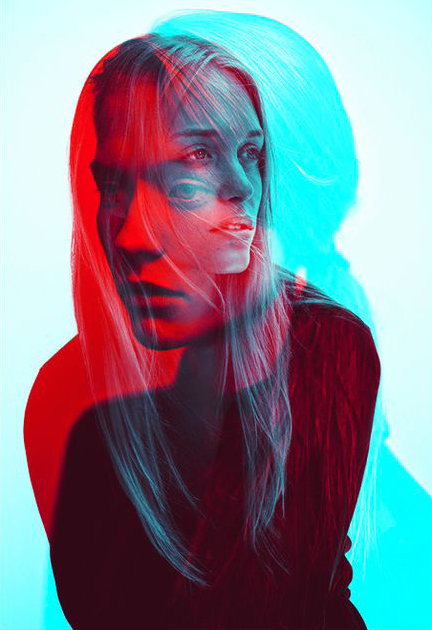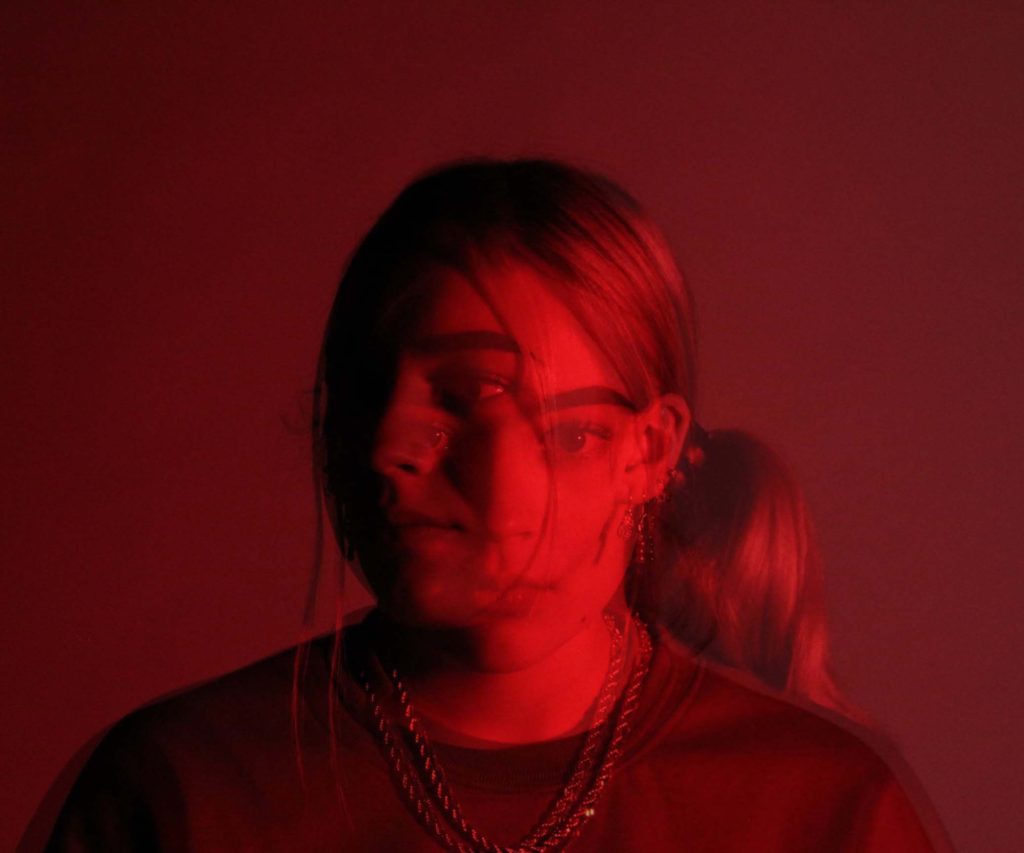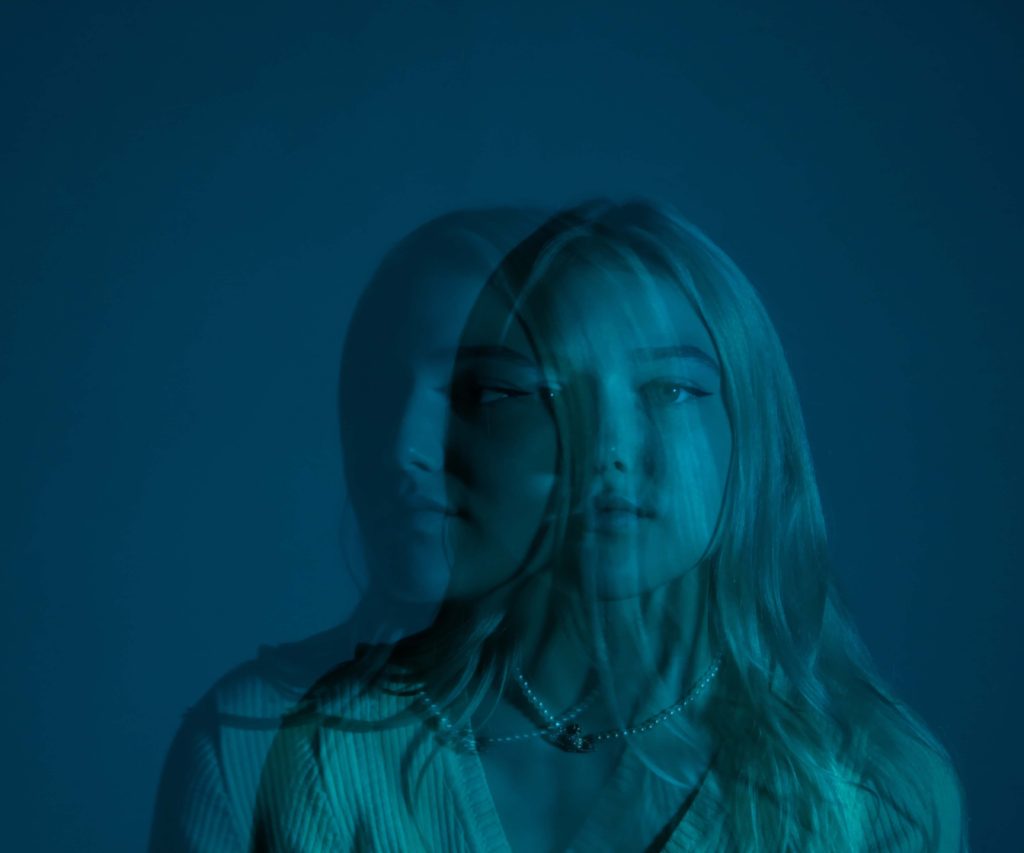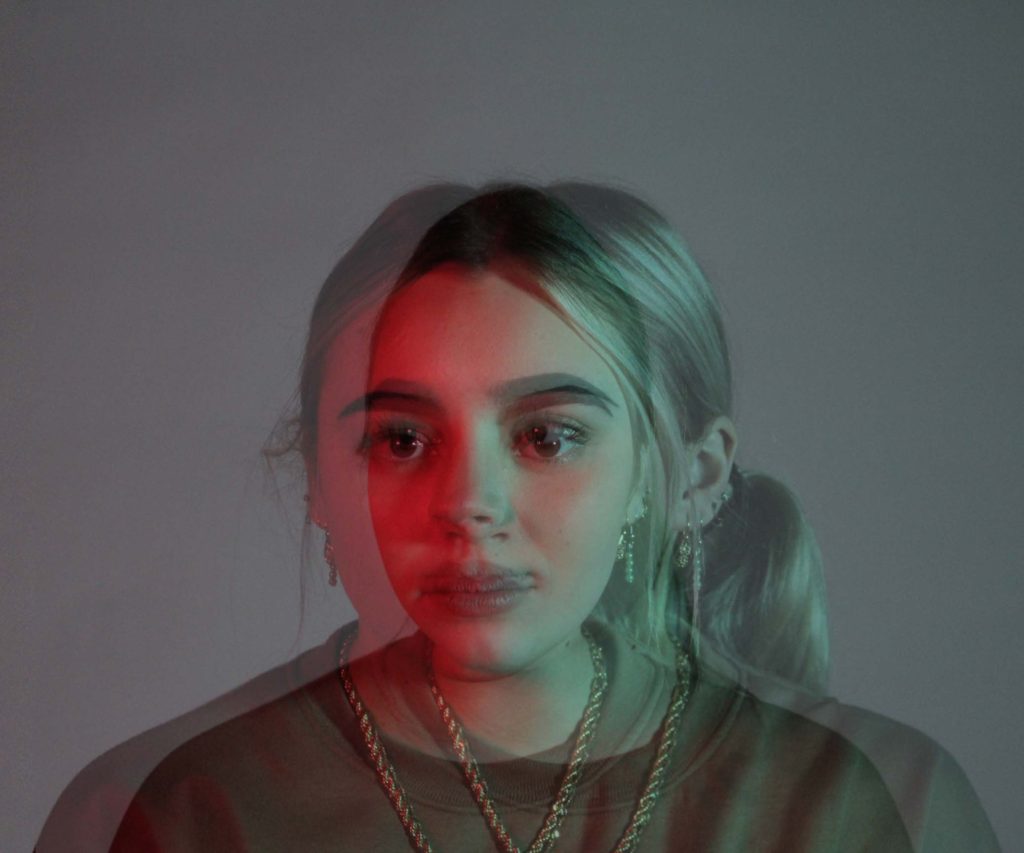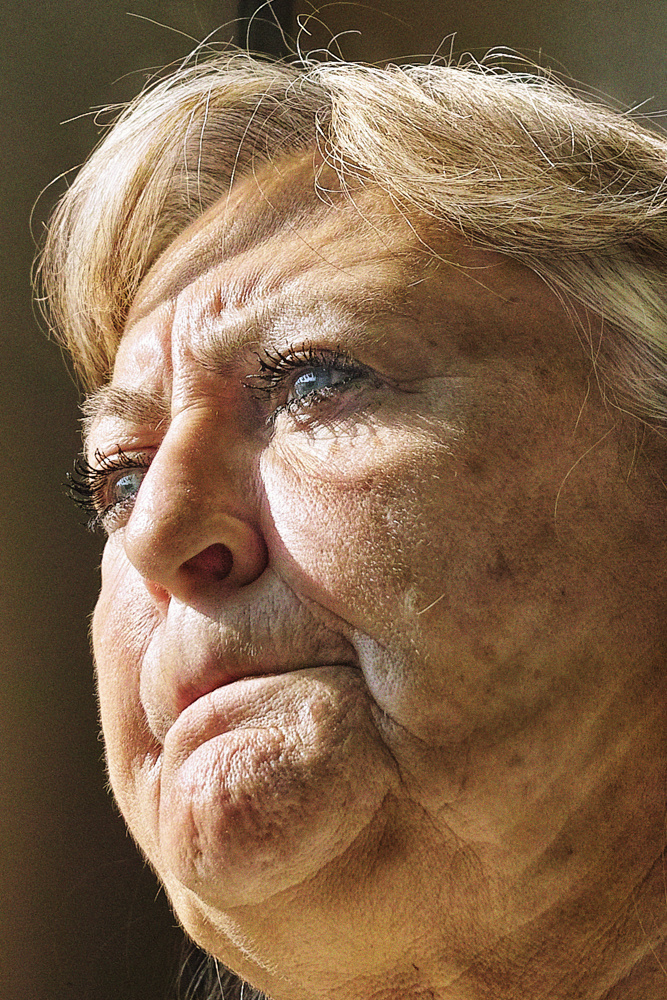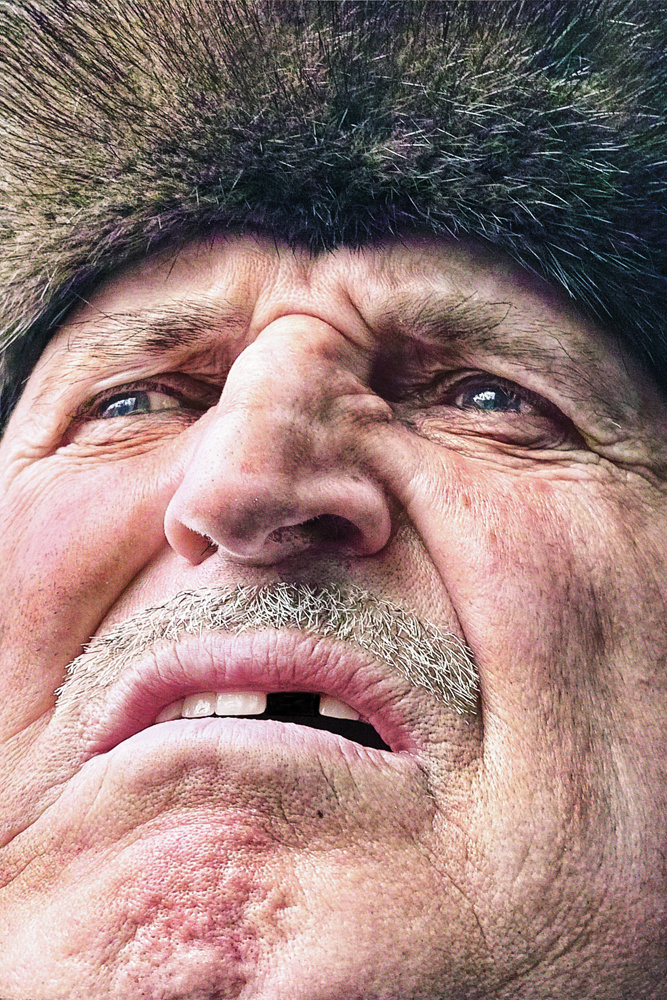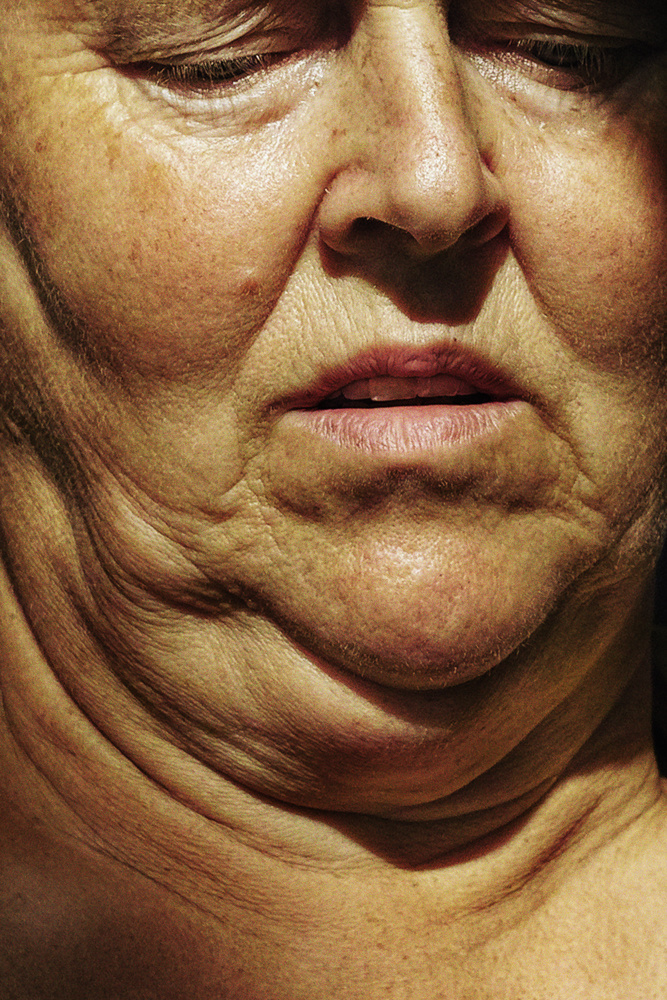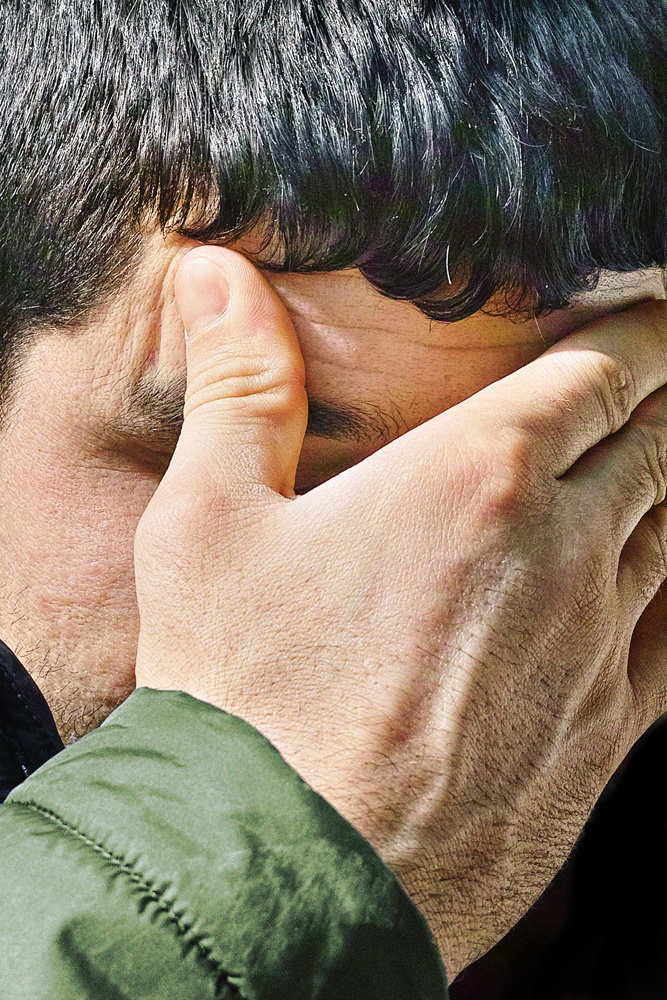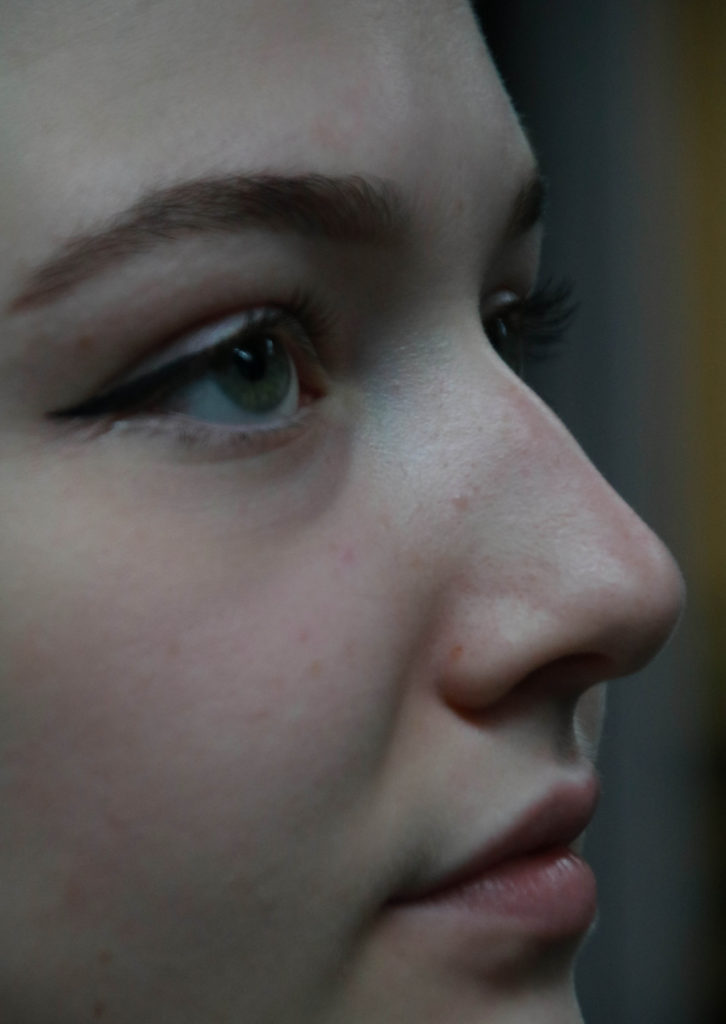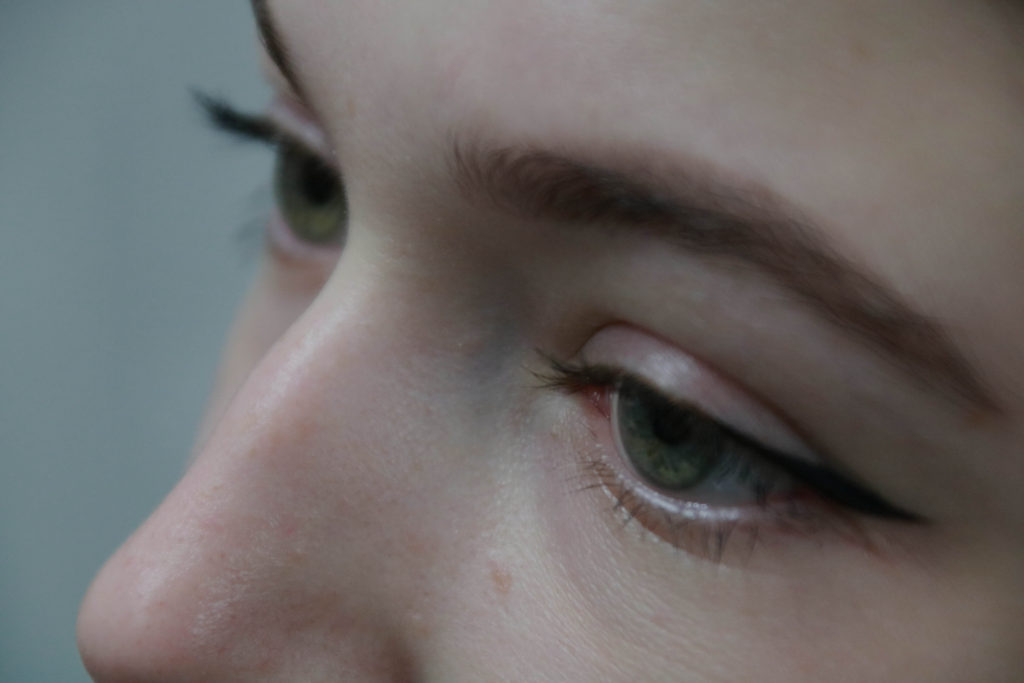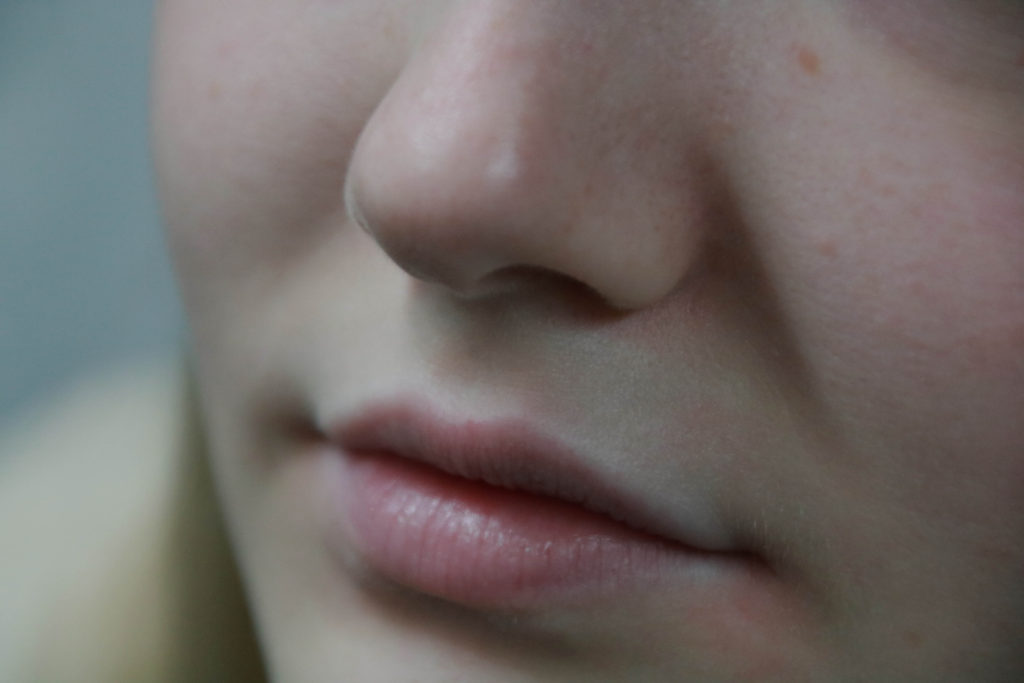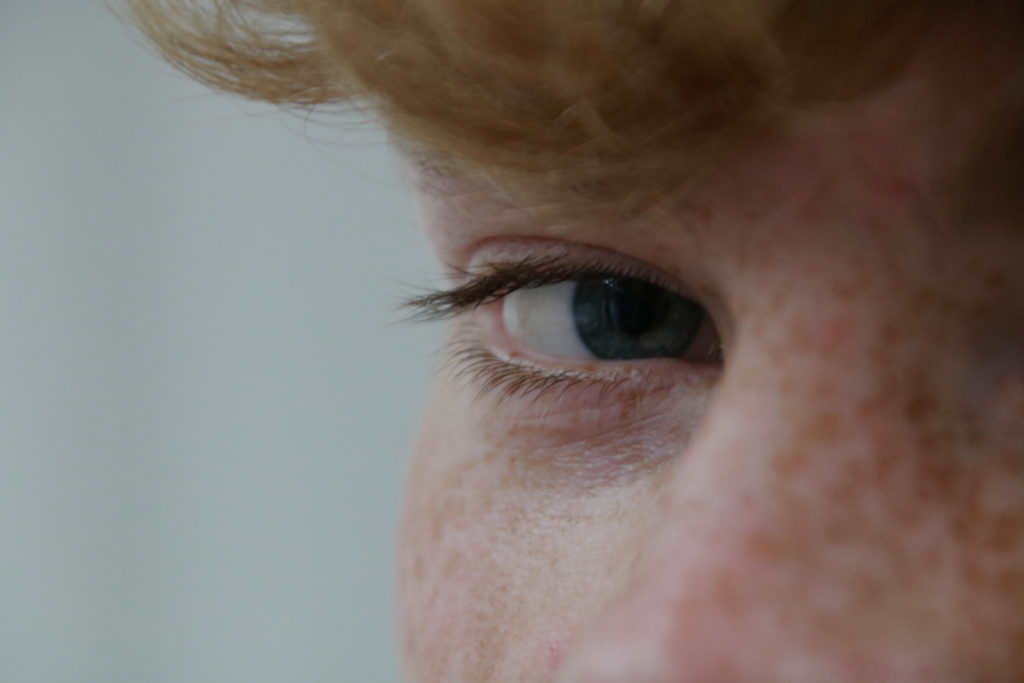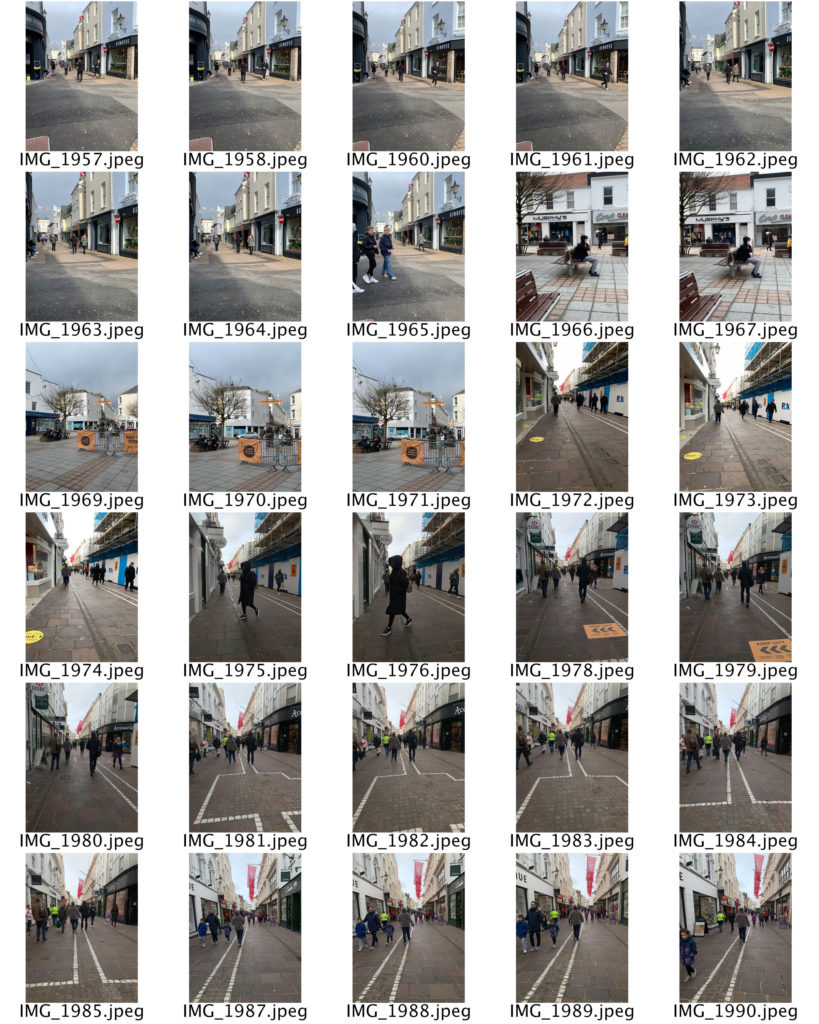John Steazaker was born in England in 1949 and is currently working in London. Stezaker is one of the leading artists in modern photographic collage and appropriation. Employing vintage photographs, old Hollywood film stills, travel postcards and other printed images, he creates fascinating small-format collages that bear qualities of Surrealism, Dada, and found art. Stezaker overlays and conjoins distinct images to create new personalities, landscapes and scenes. His works have been featured at The Museum of Modern Art in New York, the Tate Modern in London, Tel Aviv Museum of Art and many others.
Analysis of one of his photomontages
This image is called ‘Bridge’ and comes from Steazaker series , ‘Mask XIV’. Mask XIV is a collage created by superimposing a postcard on a black and white photograph. The photograph is a film publicity portrait of an unidentifiable actor taken during the 1940’s or 1950’s. The postcard is a colour image mounted over the actor’s face. This image shows a rocky cavern in which a sandy track curves around a central pillar. On the bottom left the card is captioned ‘Zig zag path, Folkestone’. Folkestone is a port town in Kent, the town lies on the southern edge of the North Downs at a valley between two cliffs. The postcard covering the actors face appears to have been taken from inside of a cave looking out through two openings towards the light. Stezaker has positioned the postcard on the actor’s face so that the dark silhouette of the rocky openings and the natural curves of the cave line up with the contour and shape of the actor’s face making it look like his ‘eyes’. The way Steazaker has placed the postcard has created a humanlike approach to the image as the two openings of the caves create an eye shape look and the middle rock looking like a nose. This gives the viewer a very real view on the image and gives us a sense of the two images merging into one and framing a new person. The fact the actors face is covered makes the image feel more mysterious as we don’t know who this is and why he is being covered.


